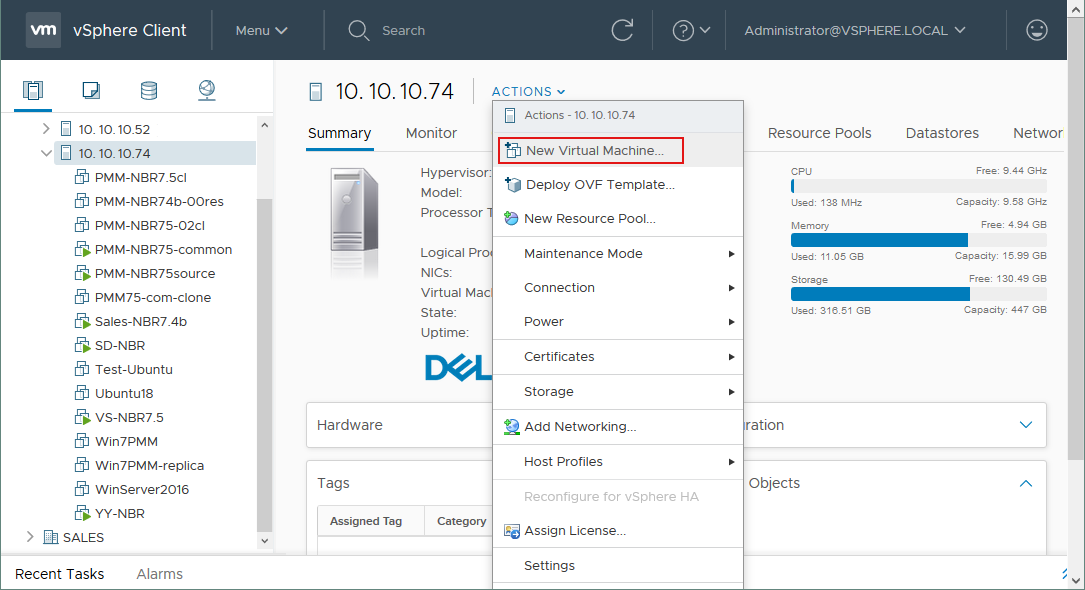

The Parallels software boasts a direct link, thanks to optimization on Intel and AMD chips, to the host computer’s hardware with selective focus-when you jump into the virtual machine to work the host machine automatically relinquishes processing power to it. You can read about additional VirtualBox features HERE.Īlthough best known for the Mac version of their virtual machine software, Parallels also runs virtualization on Windows and Linux. Its “Guest Additions” feature, available for Windows, Linux, and Solaris virtual machines, makes VirtualBox user friendly, allowing you to install software on the virtual machine that grants extra privileges to the host machine for tasks like sharing files, sharing drives and peripherals, and more. Virtual machine descriptions and parameters are stored entirely in plain-text XML files for easy portability and easy folder sharing. VirtualBox has a loyal following thanks to a combination of a free-as-in-beer price tag, cross-platform support, and a huge number of features that make running and maintaining virtual machines a breeze.

Your primary OS can be Windows 7 64-bit, for example, but with enough memory and processing power, you can run Ubuntu and OS X side-by-side within it. Virtual machines allow you to run one operating system emulated within another operating system. You will need special software to run a VM on your personal computer. What is a Virtual Machine?Ī virtual machine (VM) is in some ways a simulation of a physical machine. Here’s a look at the five most popular virtual machine applications. Most modern computers are powerful enough to run entire operating systems within your main operating systems, which means virtual machines are more common place today than ever. Five Best Virtual Machine Creation Applications


 0 kommentar(er)
0 kommentar(er)
